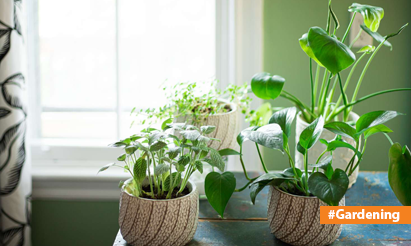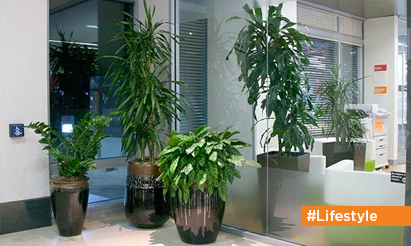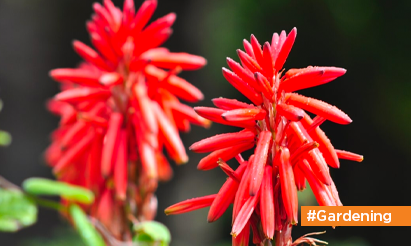The Mighty Sagwan Tree: Discover its Uses, Benefits, and How to Care for it!
The Sagwan tree, also known as teak tree or Tectona grandis, is a tropical hardwood tree native to South and Southeast Asia. It is highly valued for its durable wood and has various uses, benefits, and care tips. Here’s some information on each of these aspects:
The Sagwan tree, scientifically known as Swietenia macrophylla, is a majestic species revered for its multifaceted utility and ecological significance. Commonly referred to as Mahogany, this tropical hardwood tree is native to the Americas but is now cultivated worldwide for its valuable timber and various other applications.
Historical Significance and Cultural Importance
Throughout history, the Sagwan tree has held a special place in various cultures and civilizations. From being used by indigenous tribes for medicinal purposes to being prized by colonial powers for its exquisite wood, the tree’s legacy is deeply intertwined with human civilization’s progress.
Common Uses of Sagwan Wood
- Furniture: Sagwan wood is renowned for its strength and durability, making it a preferred choice for high-quality furniture production. It is commonly used for crafting tables, chairs, cabinets, and outdoor furniture.
- Flooring and Decking: The hardwood properties of Sagwan make it an excellent material for flooring and decking applications. It provides an elegant and long-lasting surface that can withstand heavy foot traffic and exposure to the elements.
- Boat Building: The water-resistant nature of Sagwan wood makes it ideal for constructing boats, ships, and other marine structures. It is resistant to decay and damage caused by water, making it highly suitable for such applications.
- Doors and Window Frames: Sagwan wood is commonly used in the construction of doors, window frames, and other architectural elements. Its strength and resistance to warping or shrinking make it a reliable choice for these purposes.
- Veneer and Plywood: The straight grain and attractive appearance of Sagwan wood make it valuable for producing veneer and plywood sheets used in interior design and construction industries.
Benefits of Sagwan Wood
- Durability: Sagwan wood is renowned for its exceptional durability and resistance to decay, termites, and pests. It can last for decades, even in challenging environments.
- High-Quality Appearance: The wood features a rich, golden-brown color with a straight grain pattern, giving it an attractive and luxurious appearance.
- Water Resistance: Sagwan wood contains natural oils and resins that make it highly resistant to water damage, making it suitable for both indoor and outdoor applications.
- Low Maintenance: The natural properties of Sagwan wood reduce the need for extensive maintenance. Regular cleaning and occasional application of wood sealants or oils can help maintain its appearance and longevity.
Care Tips for Growing Sagwan Trees
- Watering: Young Sagwan trees require regular watering, especially during dry periods, to establish their root system. However, mature trees are generally drought-tolerant and can survive with natural rainfall.
- Sunlight: Sagwan trees thrive in full sunlight exposure, so ensure they are planted in a location where they receive ample direct sunlight.
- Pruning: Prune Sagwan trees to remove dead or diseased branches and promote healthy growth. Pruning can be done during the dormant season.
- Fertilization: Applying a balanced fertilizer during the growing season can provide additional nutrients to Sagwan trees and promote their overall health and growth.
- Protection: Protect young Sagwan trees from grazing animals and potential physical damage. Using tree guards or fencing around the tree can help prevent such incidents.
Environmental and Regulatory Considerations
Remember to check with local regulations and authorities regarding the cultivation and harvesting of Sagwan trees, as well as any restrictions on their trade or export, as these may vary depending on the region.
FAQs
Is Sagwan wood expensive?
Sagwan wood is considered a high-value hardwood, prized for its durability and aesthetic appeal. While it may command premium prices, its long-term durability and versatility justify the investment.
Can Sagwan be grown outside its native habitat?
Yes, Sagwan trees can be cultivated in various tropical and subtropical regions worldwide, provided they are provided with suitable growing conditions and proper care.
Are there any environmental benefits to planting Sagwan trees?
Absolutely! Sagwan trees are excellent carbon sinks, helping to mitigate climate change by absorbing carbon dioxide from the atmosphere and promoting biodiversity.
What are some common pests and diseases that affect Sagwan trees?
Sagwan trees may be susceptible to pests such as termites, borers, and aphids, as well as fungal diseases like powdery mildew and root rot.
How long does it take for Sagwan trees to mature?
Sagwan trees typically reach maturity in around 25 to 30 years, at which point they are ready for harvesting.
Disclaimer: The views expressed above are for informational purposes only based on industry reports and related news stories. PropertyPistol does not guarantee the accuracy, completeness, or reliability of the information and shall not be held responsible for any action taken based on the published information.



